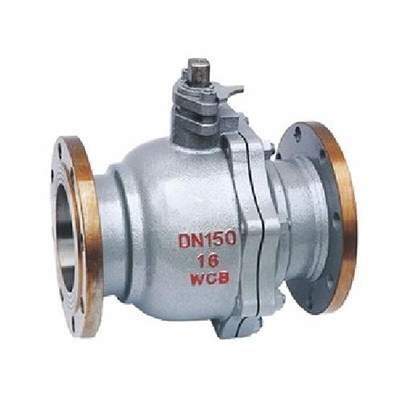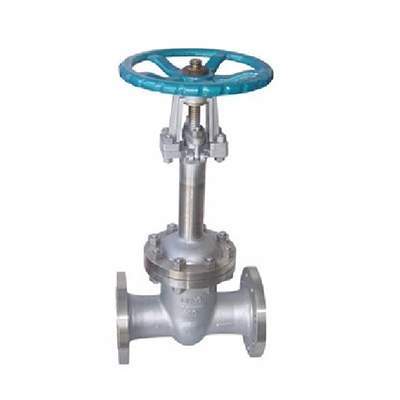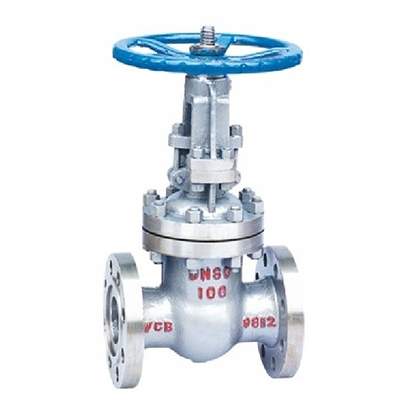Welcome to My Blog!
Before we dive into the content, I’d love for you to join me on my social media platforms where I share more insights, engage with the community, and post updates. Here’s how you can connect with me:
Facebook:https://www.facebook.com/profile.php?id=61563865935136
Now, let’s get started on our journey together. I hope you find the content here insightful, engaging, and valuable.
Introduction

When it comes to fluid control in piping systems, two types of valves frequently come into play: the ball valve and the gate valve. While both serve the fundamental purpose of regulating fluid flow, their design, operation, and applications differ significantly. Understanding the nuances between ball valve vs gate valve is crucial for selecting the appropriate valve for specific industrial or residential needs. This guide aims to provide a comprehensive overview of the key differences between these two essential valves, helping you make informed decisions.
Fundamental Design Differences: Ball Valve vs Gate Valve Mechanics
The core difference between a ball valve vs gate valve lies in their operational mechanisms. A ball valve utilizes a spherical ball with a bore to control flow. When the bore aligns with the pipe, fluid flows freely; when rotated 90 degrees, the ball blocks the flow. Conversely, a gate valve employs a gate or wedge that slides perpendicularly to the flow, either fully obstructing or allowing passage. This distinction in design directly impacts their performance and suitability for various applications.
Quick Operation: Ball Valve Advantages
One of the significant advantages of a ball valve is its quick quarter-turn operation. This feature allows for rapid flow control, making ball valves ideal for applications requiring frequent on/off cycles. The simple design of ball valves also contributes to their ease of use and maintenance.
Gradual Control: Gate Valve Characteristics
In contrast, gate valves require multiple turns to fully open or close, providing gradual flow control. This characteristic makes them suitable for applications where precise flow regulation is less critical but a complete shutoff is essential. Gate valves are generally preferred for isolation purposes rather than throttling.
Application Scenarios: Ball Valve vs Gate Valve Usage

The choice between a ball valve vs gate valve often hinges on the specific application. Ball valves excel in applications demanding quick shutoff and minimal pressure drop, such as in gas lines and liquid services. Gate valves, on the other hand, are commonly used in water and wastewater treatment, as well as in applications where long-term, reliable isolation is paramount.
Industrial Applications: Ball Valve Versatility
Ball valves are widely used in various industrial settings, including chemical processing, oil and gas, and manufacturing. Their versatility and robust design allow them to handle high pressures and temperatures, making them a reliable choice for critical applications.
Residential and Commercial Use: Gate Valve Reliability
Gate valves are prevalent in residential and commercial plumbing systems due to their reliability and cost-effectiveness. They are often used as main shutoff valves in water supply lines, providing a dependable means of isolating sections of the plumbing system for maintenance or repairs.
Performance Comparison: Ball Valve vs Gate Valve Efficiency
When comparing ball valve vs gate valve performance, several factors come into play. Ball valves typically offer lower pressure drop and tighter sealing, while gate valves provide a straight-through flow path when fully open, minimizing turbulence.
Table: Ball Valve vs Gate Valve Key Specifications
| Feature | Ball Valve | Gate Valve |
|---|---|---|
| Operation | Quick quarter-turn | Multiple turns |
| Flow Control | Excellent for on/off | Suitable for isolation |
| Pressure Drop | Low | Minimal when fully open |
| Sealing | Tight | Good when fully closed |
| Maintenance | Relatively easy | Can be more complex |
| Cost | Moderate to high | Generally lower |
| Common Applications | Gas, liquids, high-pressure systems | Water, wastewater, isolation |
| Throttling abilities | poor | better than ball valves. |
| Size | small to medium | large size availible. |
Maintenance and Durability: Ball Valve vs Gate Valve Longevity
Maintenance and durability are critical considerations when choosing between a ball valve vs gate valve. Ball valves generally require less maintenance due to their simple design and fewer moving parts. Gate valves, however, may require periodic maintenance to ensure proper sealing and prevent corrosion.
Material Considerations: Ball Valve and Gate Valve Construction
Both ball valve and gate valve are available in various materials, including stainless steel, brass, and PVC. The choice of material depends on the fluid being handled and the operating environment. Stainless steel is often preferred for corrosive environments, while PVC is suitable for less demanding applications.
Sealing Mechanisms: Ensuring Leak-Free Operation
The sealing mechanisms in ball valve vs gate valve also differ. Ball valves typically use elastomeric seats to provide a tight seal, while gate valves rely on the wedge or gate to create a seal against the valve body. The effectiveness of the seal is crucial for preventing leaks and ensuring efficient operation.
Cost Analysis: Ball Valve vs Gate Valve Investment

The cost of ball valve vs gate valve can vary significantly depending on size, material, and pressure rating. Generlly, ball valves tend to be more expensive than gate valves, especially for larger sizes and higher pressure ratings. However, the long-term cost of maintenance and operation should also be considered.
Conclusion
In summary, the choice between a ball valve vs gate valve depends on the specific requirements of the application. Ball valves offer quick operation, tight sealing, and versatility, making them suitable for a wide range of industrial and commercial uses. Gate valves, on the other hand, provide reliable isolation and are often preferred for water and wastewater applications. When making your final decision, consider the application, fluid type, pressure, temperature, and required maintenance. If you are looking to purchase valves, contact us today for the best products available.
FAQ
Q: What is the main difference between a ball valve vs gate valve?
A: The primary difference lies in their operating mechanisms. Ball valves use a rotating ball to control flow, while gate valves use a sliding gate or wedge.
Q: Which valve is better for quick shutoff, ball valve vs gate valve?
A: Ball valves are better for quick shutoff due to their quarter-turn operation.
Q: Which valve is better for isolation, ball valve vs gate valve?
A: Gate valves are generally preferred for isolation purposes.
Q: Can ball valves be used for throttling?
A: Ball valves are not ideal for throttling due to their design, which can lead to premature wear and damage. Gate valves are better at throttling, but not ideal.
